Rosacea Treatment & Rejuvenation Case Study: How Did You Do?
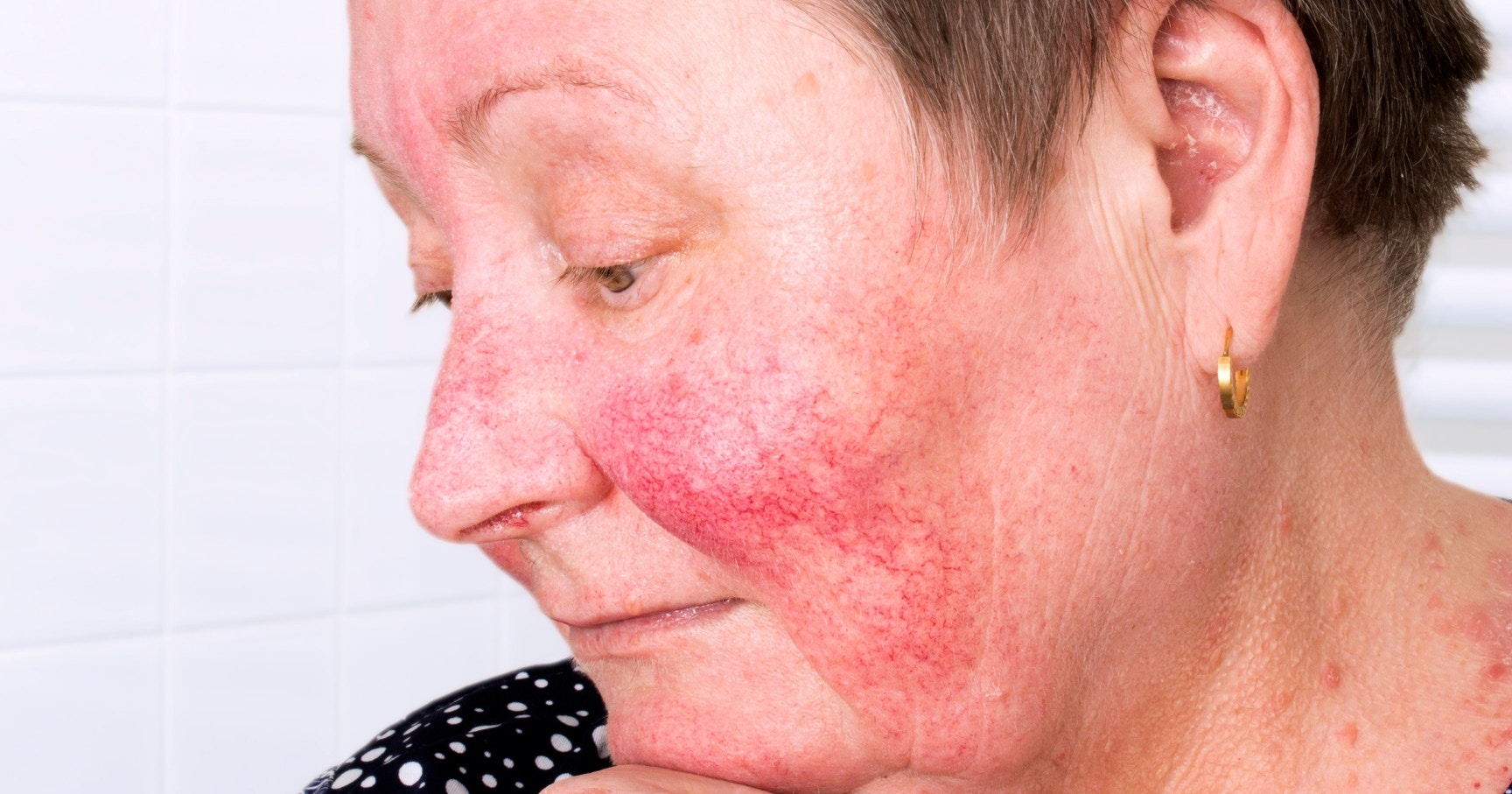
We recently posted an article on how to treat rosacea as an aesthetic practitioner. Within that article, we included a case study so you could test your knowledge.
Below you’ll find a recap of the case and our treatment recommendations so you can see how you got on.
If you didn’t catch it before, it’s worth reading our original article on rosacea management, first.
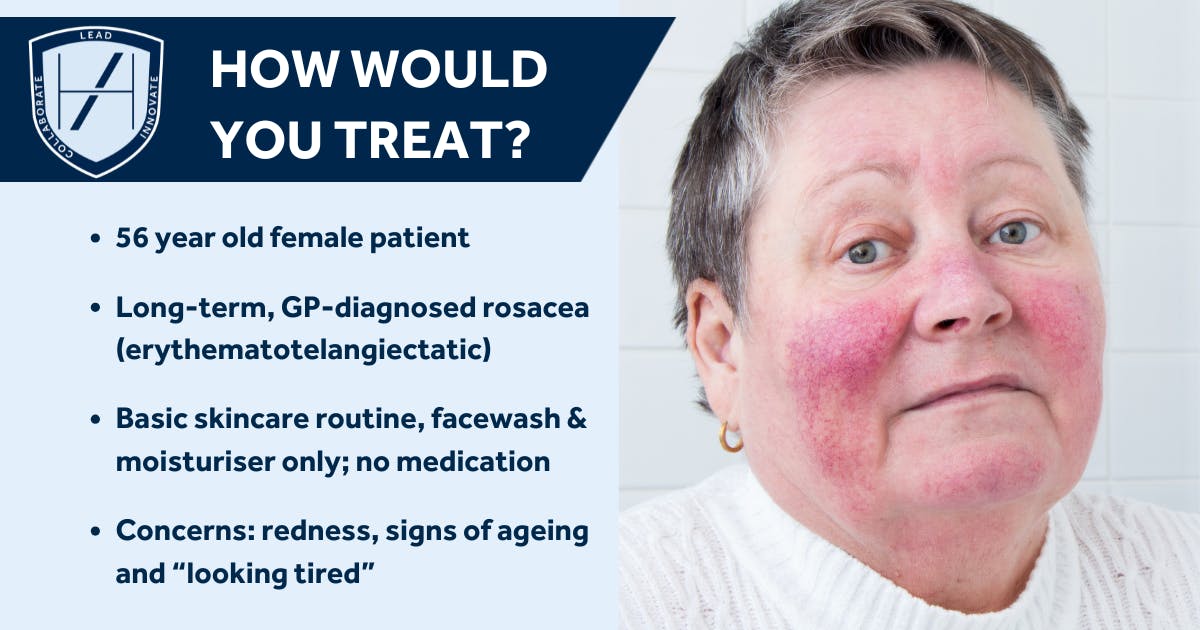
Case: Patient with rosacea concerns and rejuvenation goals
This is Susan, a 56 year old female who is looking to address the following concerns:
- Redness
- Signs of ageing
- Feeling like she looks tired
Her background is as follows and, for the purpose of this exercise, you should assume she is otherwise in good health and has no financial restrictions.
- Diagnosed with erythematotelangiectatic rosacea by her GP when she was 32
- Does not take any medication for her rosacea
- Is not aware of any triggers, except heat
- Uses a very basic skincare routine of facewash and moisturiser only.
What would you propose as her treatment plan..? Scroll down for our answers!
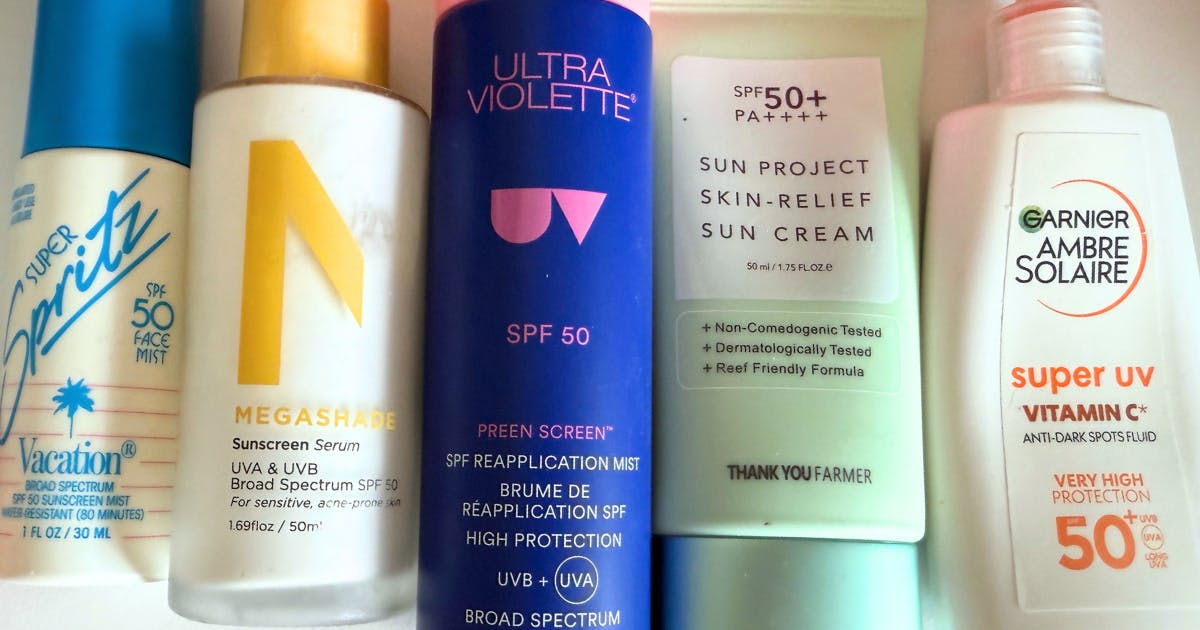
Our recommendations for rosacea and facial rejuvenation
Susan requires a multi-modal approach. As such, we’ve split our recommendations into the following sections:
- Topical skincare for rosacea and anti-ageing
- Medication for rosacea
- Skin treatments
- Botox and filler treatments for facial rejuvenation.
Topical skincare for rosacea and anti-ageing
Daily SPF50
First off, we recommend Susan uses a dedicated SPF50 product every day to help protect her skin against UV radiation. Not only can UV rays cause skin damage including hyperpigmentation, and contribute to signs of ageing; they may also worsen redness. She may also benefit from a tinted SPF to help conceal redness.
We advise explaining why a separate SPF is required, rather than, for example, a moisturiser with sun protection included.
Although any SPF is better than none, patients with very sensitive skin may find that the alcohol that’s often found as a solvent in chemical sunscreen can cause some irritation. This is one patient group who may benefit from a mineral sunscreen.
Review skincare products for irritants
Next, review Susan’s skincare to ensure her products aren’t likely contributors to her redness. Irritating products include those such as exfoliating acids, scrubs and non-pH balanced cleansers, including bars of soap.
Certain types of vitamin C - L-ascorbic acid, for example - can also be unsuitable for rosacea skin. Additionally, any astringents, such as alcohol, witch hazel or tea tree oil should be avoided.
Fragrance can be another irritant, so review her products for these types of ingredients, and educate her as to what to look out for.
A top tip here is to ask your patients to bring their skincare products - or photos of them - to their appointment. This allows you to see exactly what they’re using and can also prevent unnecessary follow-ups in case they can’t remember exactly which ones they use, on the day.
Devise a personalised skincare routine based on barrier repair
As Susan has a minimal skincare routine, once you’ve reviewed her existing products, discuss a personalised plan.
It’s important to establish how much time she has available and is willing to put in to her skincare regimen. If she has a purposefully minimal routine because she doesn’t have or doesn’t want to spend any more time, you’ll need to tailor your suggestions accordingly. For example, recommending multi-tasking products. You can also find compromises, such as coming for a course of Profhilo® instead of adding a hydrating serum in to her routine.
Her skincare routine should target skin barrier restoration. Support this by focusing on antioxidants, hydration and targeted ingredients such as polyhydroxy Acids (PHAs) and ceramides.
By strengthening her skin barrier and ensuring her skin is properly hydrated, as well as protected from the sun, Susan should see some pleasing results in terms of both her rosacea and anti-ageing concerns. This will also provide a more optimal ‘canvas’ for any skin treatments or injectables she chooses to have as part of a wider treatment plan.
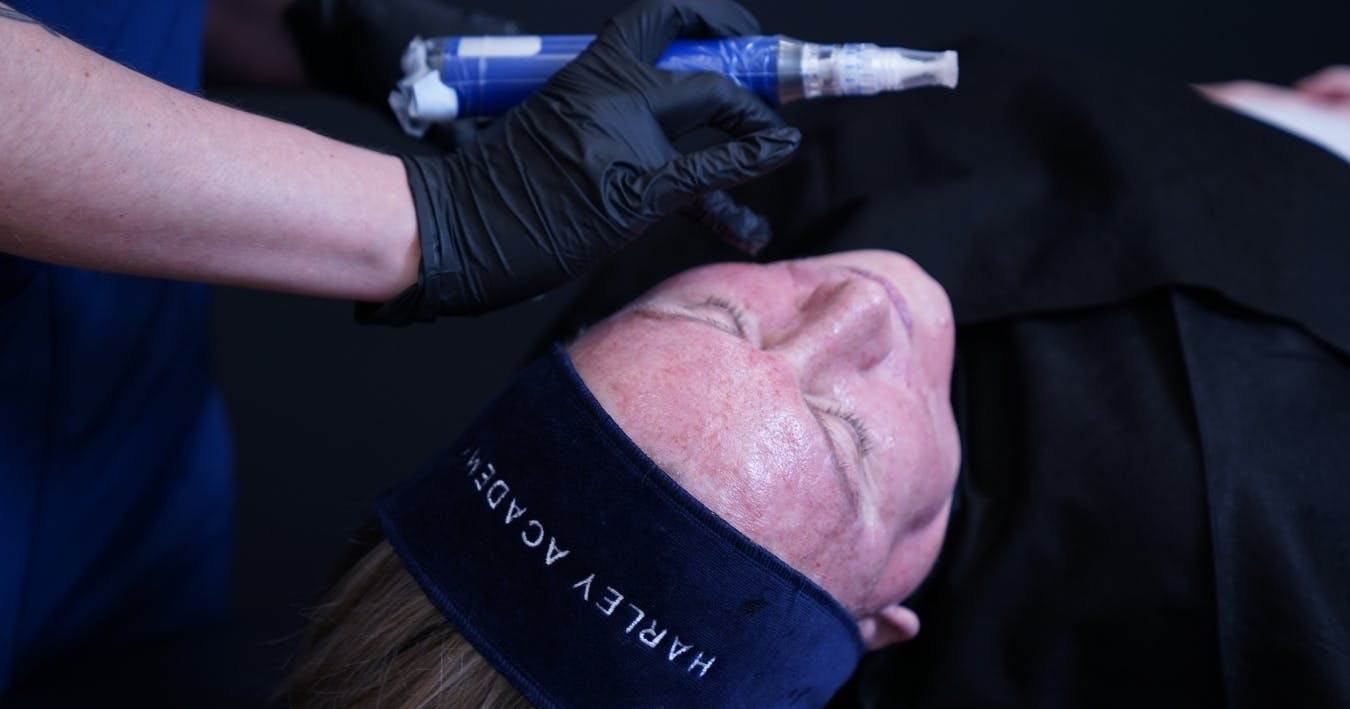
Medication for rosacea
Discuss prescribing topical rosacea medications to help Susan control her flushing. Consider options such as azelaic acid, ivermectin or metronidazole and be clear as to how to use them, including where they fit in her skincare routine.
Some patients prefer to try over-the-counter solutions first, so this approach may not be for everyone. In either case, we recommend speaking to them about keeping a diary to try to identify their unique rosacea triggers.
Skin treatments
Laser or IPL
From the appearance of Susan’s rosacea in the supplied photo, it may have led to broken capillaries. As such, lasers or IPL (intense pulsed light) therapy would be solid recommendations.
Bear in mind that laser and IPL treatments should be conducted as a separate appointment to microneedling or any injectables. This includes polynucleotides and Profhilo®.
Microneedling
Consider superficial microneedling to help stimulate fibroblast activity and skin barrier restoration. This may make her skin more sensitive initially but will have long term benefits. A course of treatment is likely to be required to see the best results.
This is a win-win for both her aesthetic concerns, given barrier support may help her to better manage her rosacea. Additionally, collagen induction therapy can provide fantastic rejuvenating outcomes, especially for fine lines and wrinkles.
Microneedling should not be conducted on the same day as facial injectable treatments, laser or IPL.
Polynucleotides
The anti-inflammatory effects of polynucleotides, as well as their ability to help with formation of healthy new blood vessels to the skin, could work well for Susan.
Polynucleotides can assist with managing her redness and inflammation as well as ageing-related skin changes including fine lines and laxity. This is also a great option for addressing the peri-occular region which may be contributing to Susan’s feelings of ‘looking tired’.
Again, this treatment is beneficial for both her primary concerns, making it a compelling option.
Profhilo®
As we’ve already mentioned, if Susan is struggling with hydration, especially if you’ve already tried swapping out her moisturiser for a richer formula, consider Profhilo®.
A course may help to support deeper dermal hydration as well as collagen stimulation, both of which will work towards her rejuvenation goals.
Additionally, if she’s happier to carve out time for in-clinic treatments rather than add more steps to her skincare routine, this can be a great solution that fits with her lifestyle.
Botox and filler treatments for facial rejuvenation
We’ve identified a number of possible areas for improvement that could address Susan’s key rejuvenation concerns and ‘tired’ complaints.
- Her upper face and lateral canthal lines could be treated with botulinum toxin for a more youthful appearance
- Facial contouring filler treatments targeting the lateral cheeks, marionette lines and chin could help with jowling and contribute to a more rejuvenated look
- Her downturned mouth may be contributing to her concerns of having a ‘tired’ appearance; these could be addressed with DAO botox
- An extremely conservative lip filler treatment for thin lips may help to restore a more youthful appearance, but this depends on identifying exactly what her ageing concerns are
- Chin botox may also be considered to address what appears to be a slight upwards rotation.
For a truly holistic consultation, discuss other cosmetic aspects she may wish to consider. We would talk to her about exploring microblading to make her eyebrows more youthful, as this would impact the overall impression of her eye area.
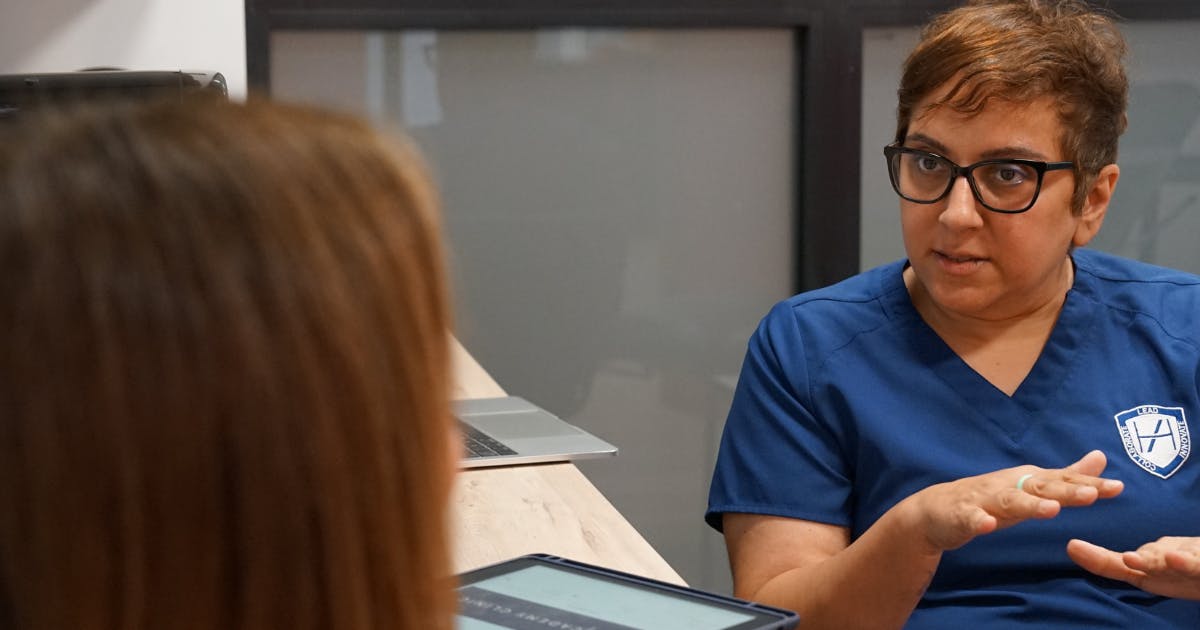
The consultation is the key to successful treatment planning
At Harley Academy, we teach all our trainees an holistic approach to facial assessments and treatment planning. This is key to being an aesthetics specialist, rather than simply a technician.
It’s so crucial to your patients’ outcomes that you consider their whole face when devising a treatment plan, rather than individual features or zones. In order to really exceed their expectations, you need to understand how to conduct an in-depth consultation. The more you can learn about what their true motivations for treatment are and what their plans are for upkeep, the better you’ll be able to serve them through your bespoke treatment planning.
The best aesthetics treatments are those that are personalised to your patients needs in the round. You’re not just looking at one area and that one treatment on that one day. To provide a truly specialised experience, you need to understand their lifestyle, the root of their concerns and their true goals. By taking the time to establish these factors, you’ll be able to produce a highly-targeted treatment plan and deliver outstanding results.
It’s becoming increasingly the case that more rounded, multi-modal plans deliver the best outcomes for patients. Research released by Allergan Aesthetics in January 2025 stated, “Patients long for a lifted and more defined appearance with 9 in 10 people interested in a holistic plan targeting multiple areas of the face… Clinics utilising treatment plans addressing multiple areas of the face see a 68% higher retention rate compared to those who only focus on one area per treatment.”
This detailed, considered and ethical approach is a world away from what can otherwise be a fairly transactional experience. It’s what will set you apart from the competition, when combined with a solid, evidence-based medical aesthetics education and passion for what you do.
Learn enhanced consultation, treatment planning and delivery skills
Enhanced consultation skills, treatment planning and evidence-based injection techniques are taught as standard on all Harley Academy aesthetics courses.
We believe in establishing a high quality baseline so, as one of our trainees, you start your aesthetic medicine career off on the right foot.
Whether you’re just starting out and are considering Foundation-level aesthetics training, want to dive straight in with our Ofqual-regulated Level 7 Diploma in Cosmetic Injectables or take the commercially-minded Level 7+ programme, which includes our Level 7 Diploma and our Cosmetic Dermatology Course. Whichever pathway you choose, you’ll receive the highest level of mentoring, theory training and support throughout your time with us.
If you wanted to learn how to consult, plan for and treat the patient used in this example, as a novice, we’d recommend taking our combined Level 7+ programme. This allows you to really delve into ‘skin first’ practice, then build out step-by-step treatment plans for optimal results.
The Cosmetic Dermatology Course part of this programme includes training in polynucleotides, microneedling, chemical peels and treating hyperpigmentation and skin of colour. This is all on top of learning about different skin conditions, skincare ingredients and how to assess the skin with and without a device. Plus you’ll learn how to tailor personalised skincare routines for your patients - a service many patients love and don’t always know where to turn to find it!
Alternatively, you could opt for our Aesthetics Accelerator programme, paired with our Facial Contouring Masterclass and our Cosmetic Dermatology Course. This is a quicker route to effective aesthetic practice, which offers certification rather than a qualification.

Support your safe and effective practice with the GEM© by Harley Academy app
As part of our committment to up-to-date, evidence-led practice, Harley Academy filler courses are all taught in line with GEM© - the Global Evidence Matrix. This world-first innovation standardises aesthetic medicine treatments, and provides clear guidance in line with your level of expertise. You don’t have to be a Harley Academy trainee to benefit from this groundbreaking framework, though!
GEM© by Harley Academy subscriptions are now available for all aesthetic medicine professionals on an annual basis. Our Level 7 trainees receive a 12-month subscription free of charge whilst those taking any of our other cosmetic courses are eligible for a 10% discount. You can find out more and see examples of the GEM© app - which is suitable for aesthetic practitioners of all experience levels - on our dedicated GEM© by Harley Academy page.
We hope you’ve enjoyed playing along with this case study! Let us know how you got on by dropping us a message or comment on our Instagram @Harley_Academy.
All information correct at time of publication
Download our full prospectus
Browse all our injectables, dermal fillers and cosmetic dermatology courses in one document
By submitting this form, you agree to receive marketing about our products, events, promotions and exclusive content. Consent is not a condition of purchase, and no purchase is necessary. Message frequency varies. View our Privacy Policy and Terms & Conditions
Attend our FREE open evening
If you're not sure which course is right for you, let us help
Join us online or in-person at our free open evening to learn more
Our Partners
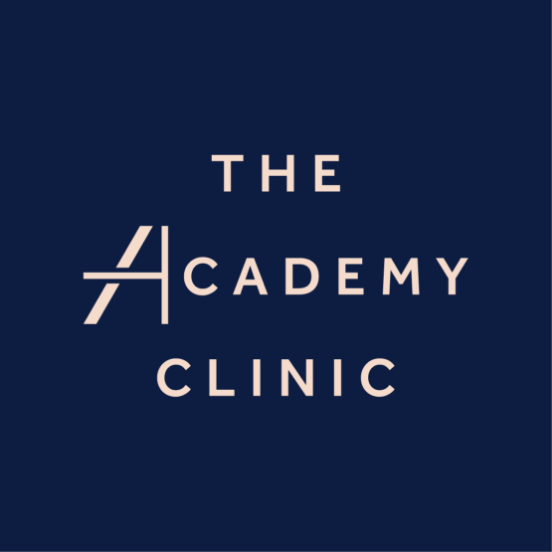

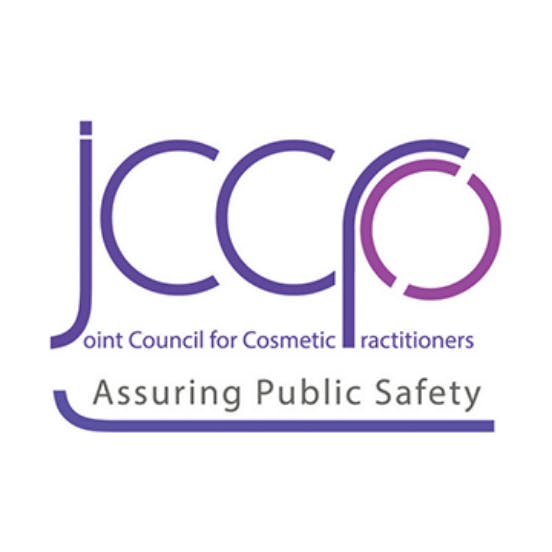


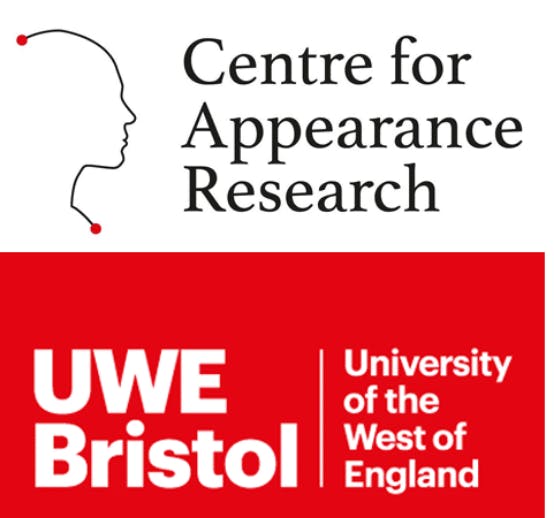
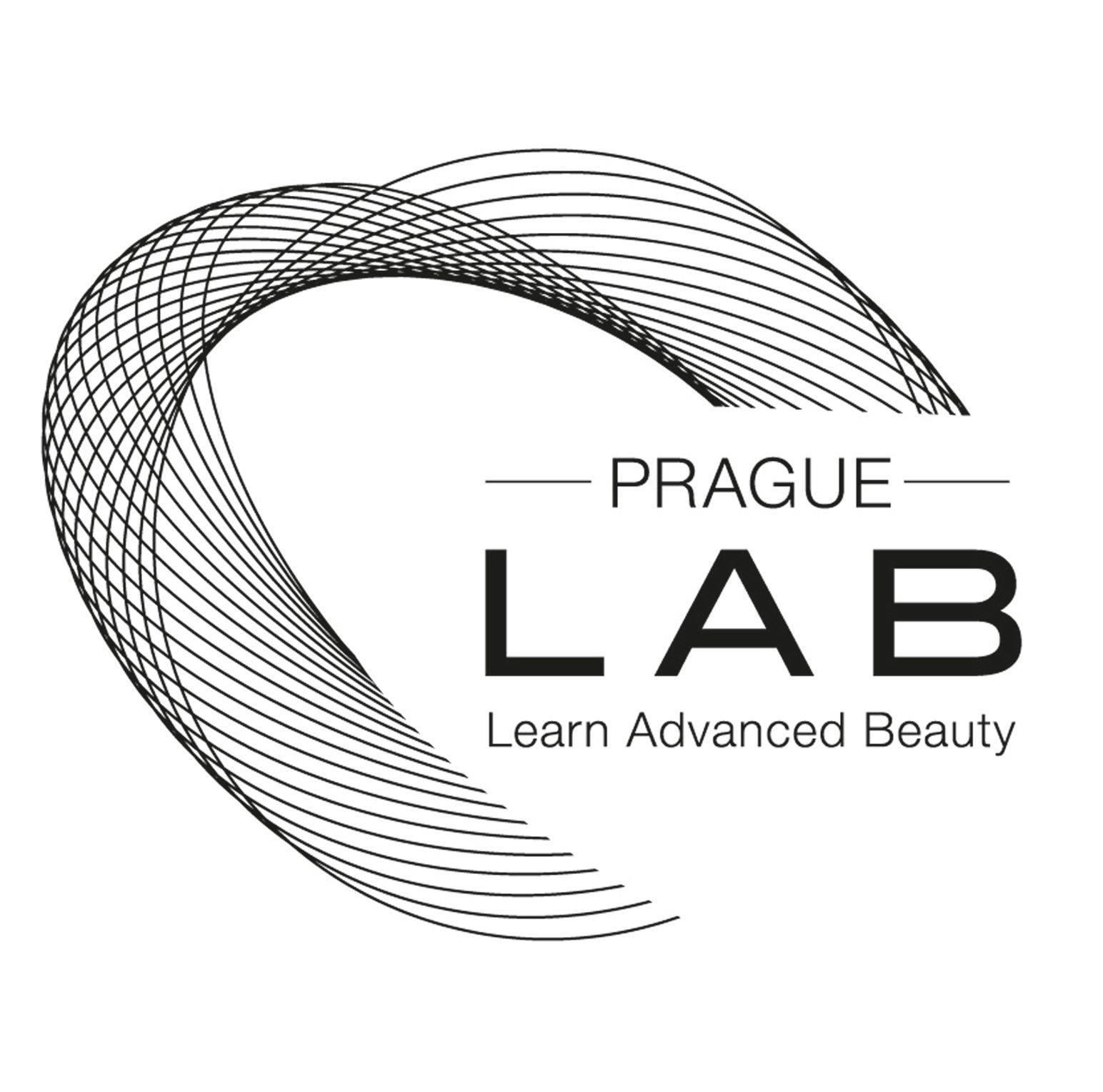
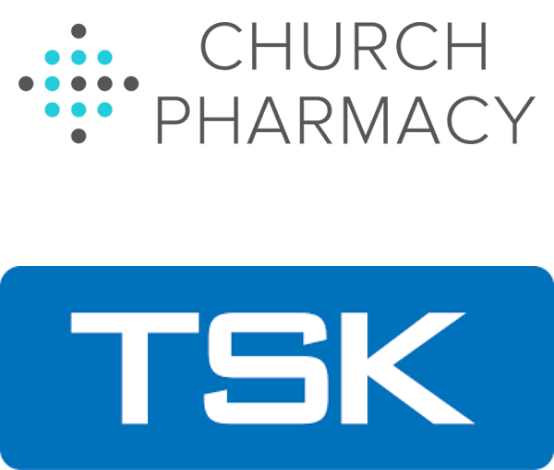

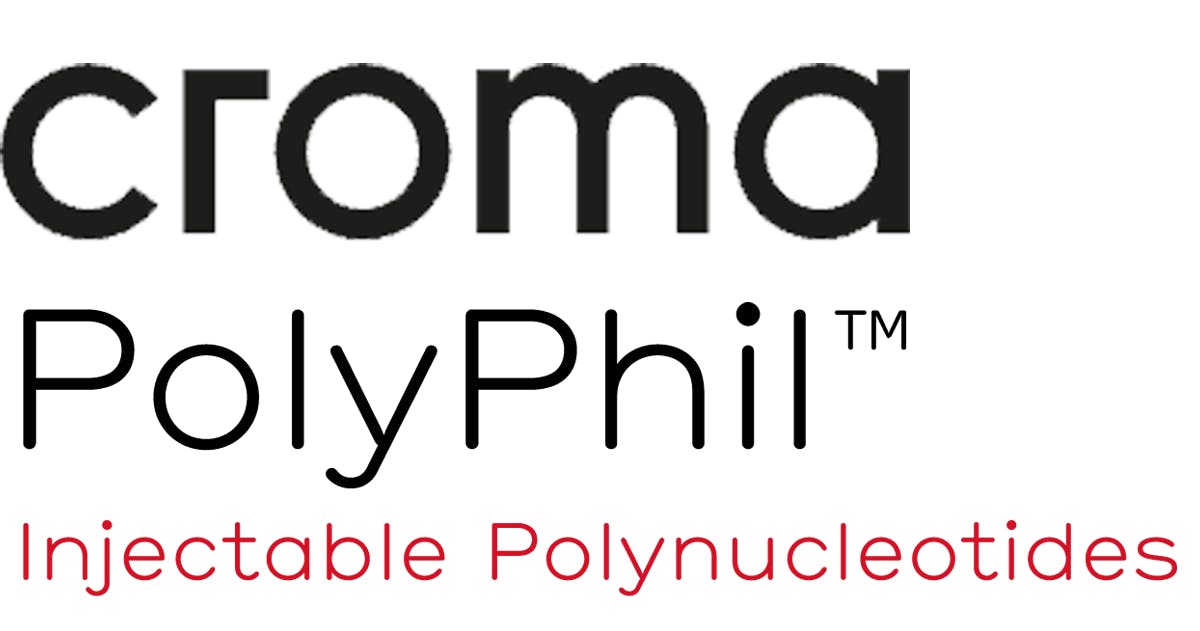
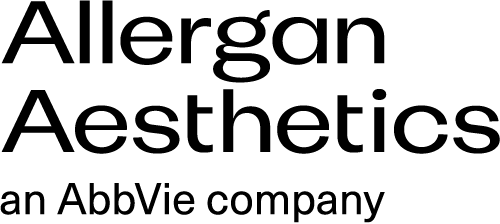
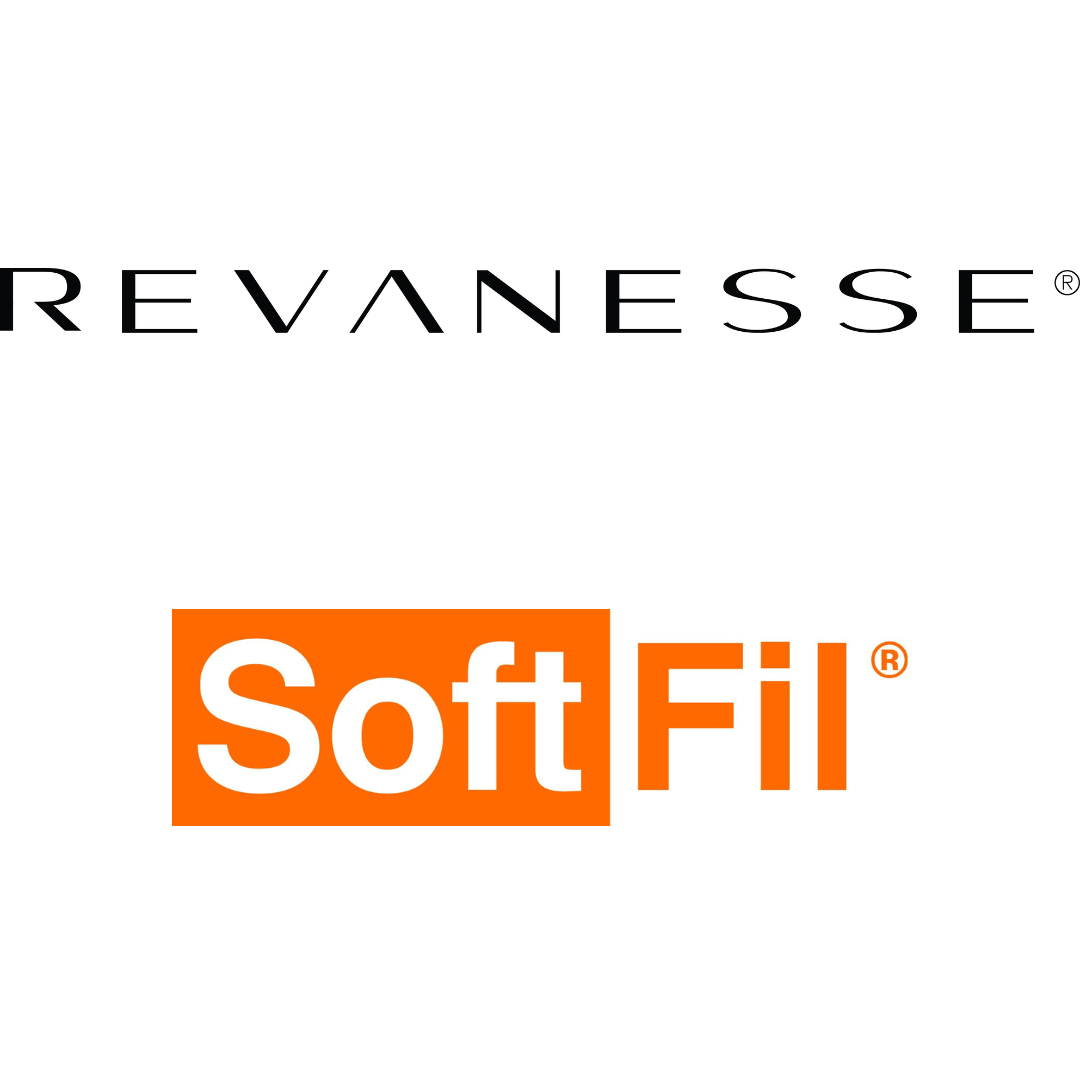

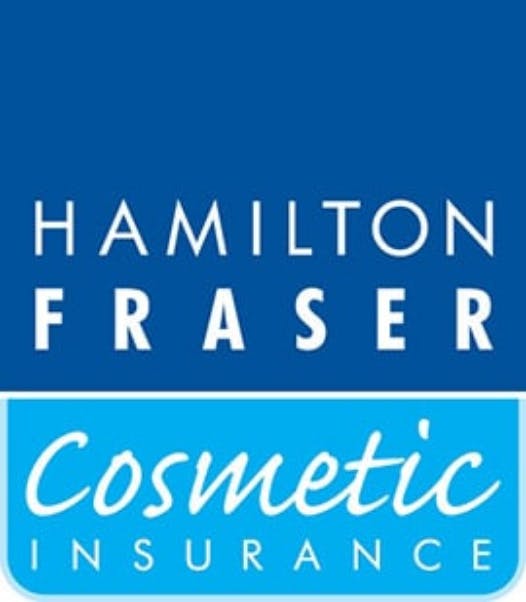
STAY INFORMED
Sign up to receive industry news, careers advice, special offers and information on Harley Academy courses and services

